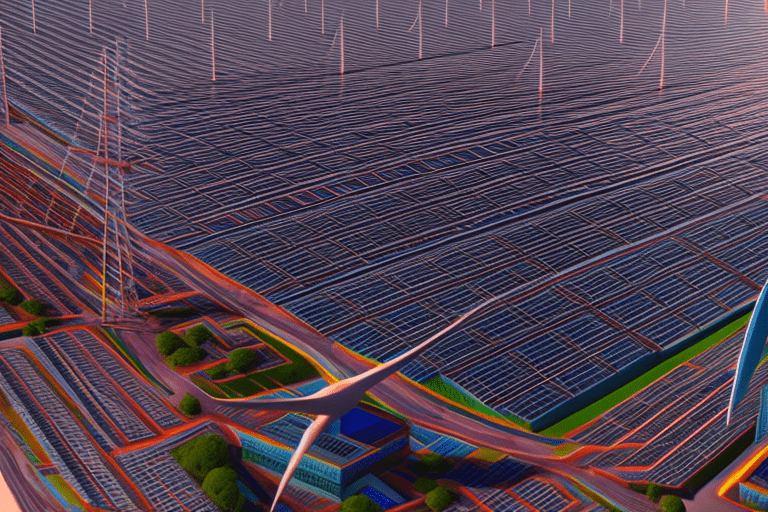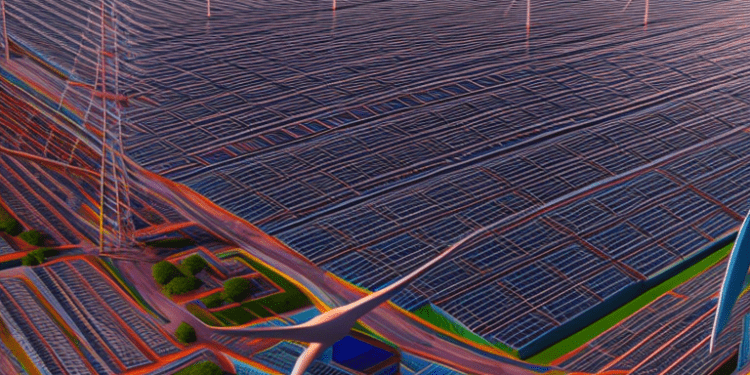The German development bank KfW has approved a loan worth Rs 916 crore ($110 million) to support the construction of a transmission project in Kerala, India. The project, which is estimated to cost Rs 14.5 billion, will enable the evacuation of power from solar and wind energy projects planned in the state.
The loan from KfW is likely to be available at a concessional rate of 3-4%, much lower than the current benchmark rate of 6.5% set by India’s Reserve Bank. The central government will also contribute over Rs 1.3 billion towards the project.
The transmission project is part of the Green Energy Corridor program, a nationwide initiative to create a network of transmission infrastructure for renewable energy. Launched in 2015, the program had a target to set up 9,767 circuit-kilometers of transmission lines and 22.6 gigawatts of sub-stations. As of November 2022, 8,697 circuit-kilometers of transmission lines and 19.8 gigawatts of sub-stations had been commissioned.
The total cost of the program was estimated at just over Rs 100 billion. The central government was to provide a grant to cover 40% of the cost while the state governments were required to invest 20% equity in the individual transmission projects. The remaining 40% was to be sourced from KfW in the form of debt at concessional rates.
The loan from KfW will help India move closer to its goal of achieving 175 gigawatts of renewable energy capacity by 2022. It will also help reduce India’s dependence on fossil fuels and contribute to a cleaner environment.
FAQ
Q1. How electric car batteries work?
A1. Electric car batteries are typically lithium-ion batteries that store energy and power the motor. They are recharged by plugging the car into an electric outlet or charging station.
Q2. What electric car has the longest range?
A2. The Tesla Model S has the longest range of any electric car currently on the market, with a range of up to 370 miles on a single charge.
Q3. How electric car batteries are recycled?
A3. Electric car batteries are recycled by breaking them down into their component parts and then separating out the metals, plastics, and other materials for reuse. The metals are melted down and reused in new products, while the plastics and other materials are recycled into new products.







